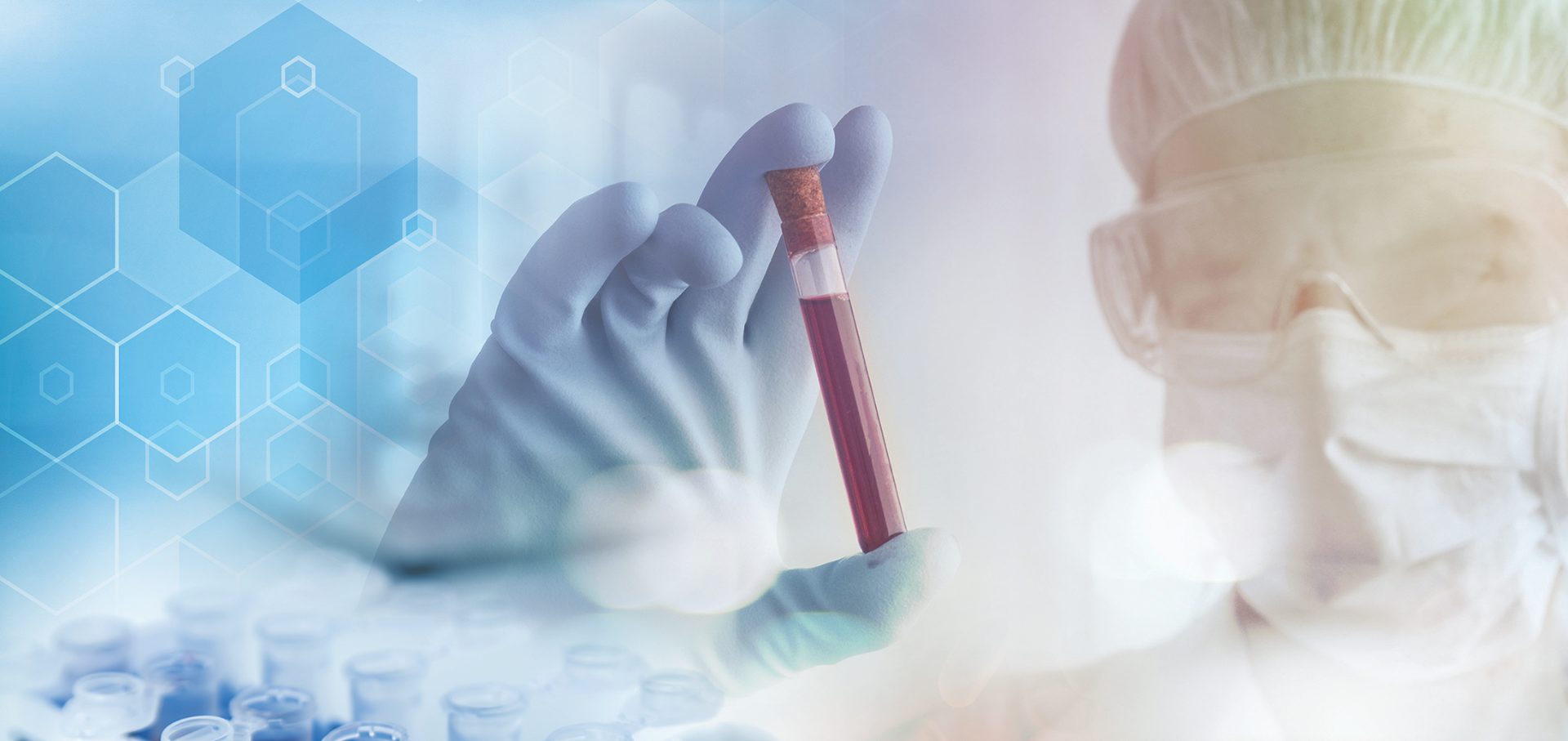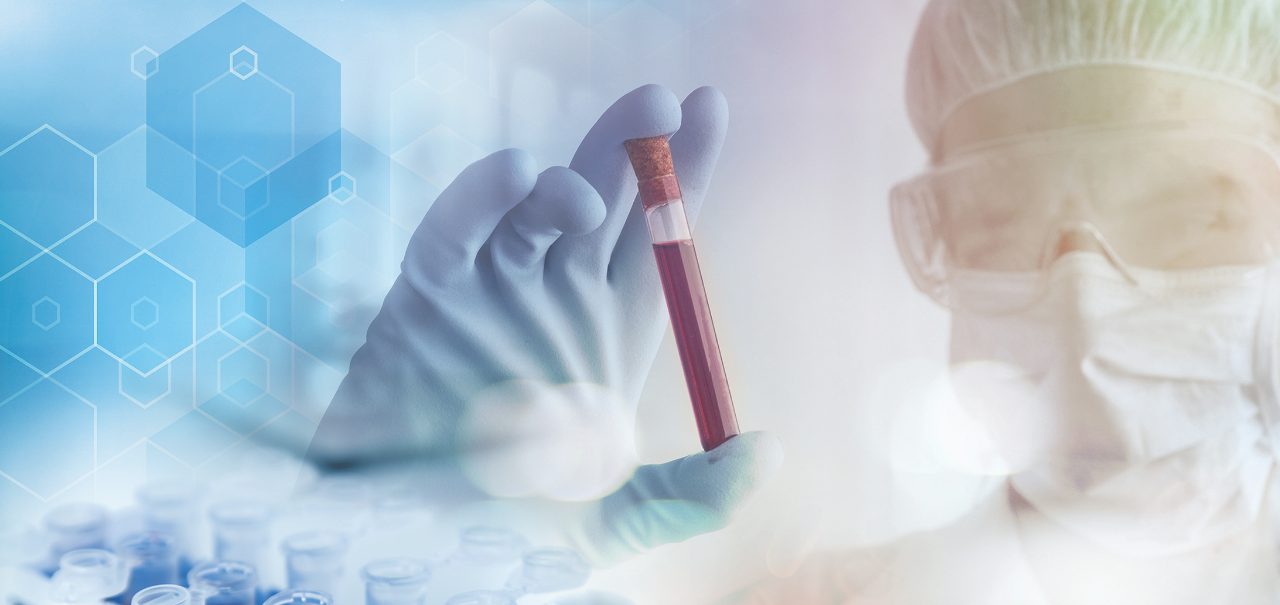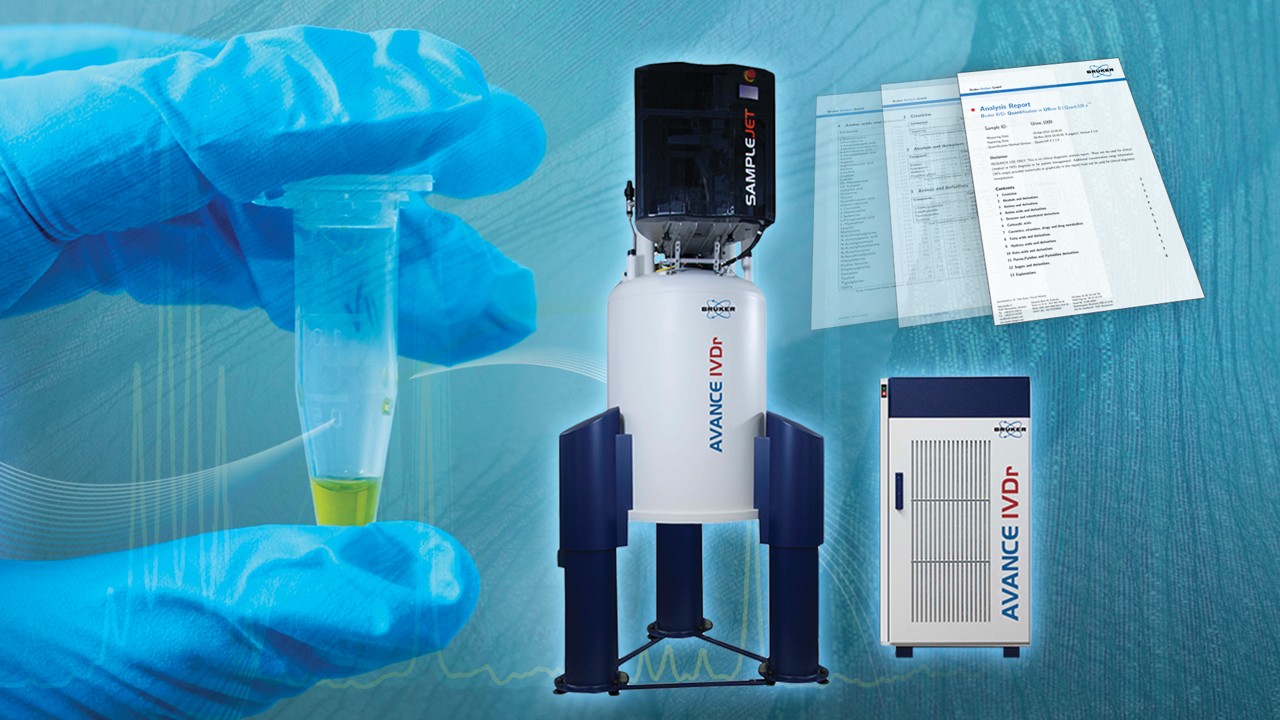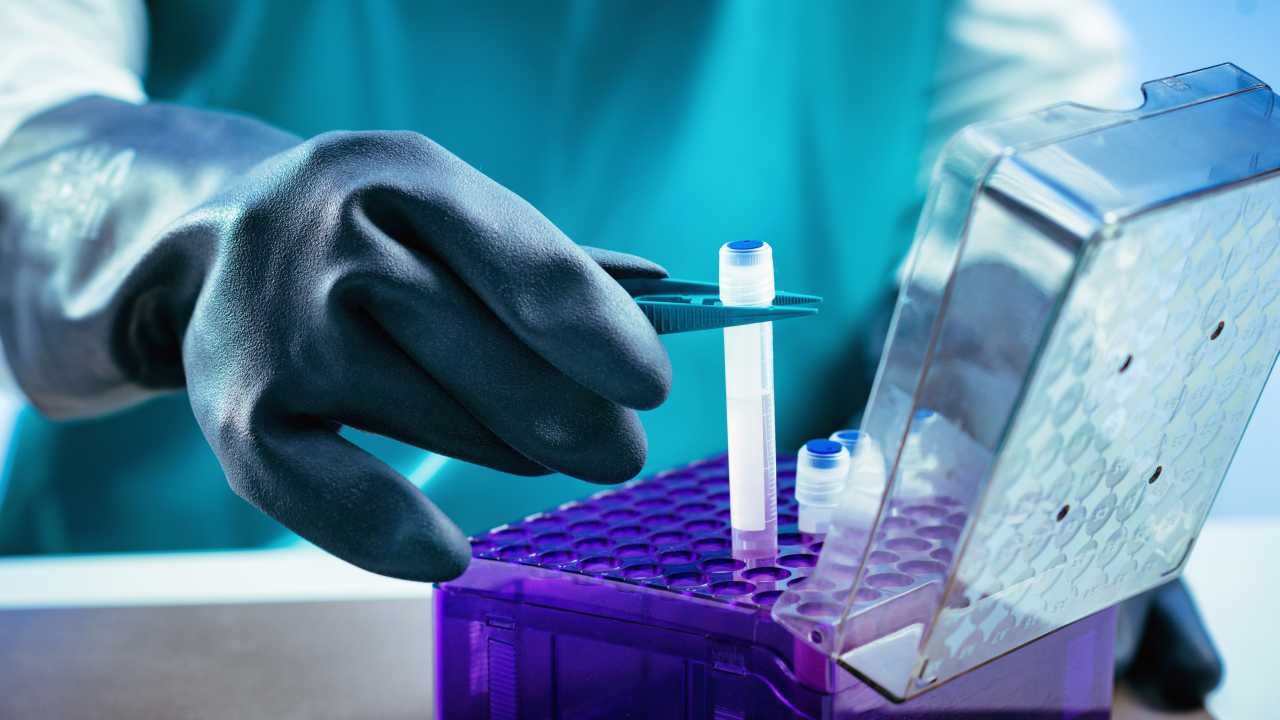

B.I. LISA
Lipoproteins are supramolecular assemblies that transport water-insoluble lipids in blood. Lipoproteins also carry apolipoproteins, which determine structure and
function. Apolipoproteins, a monolayer of amphiphilic phospholipids and cholesterol embedded therein, constitute the surface of the lipoproteins that 'hide' the lipids from the aqueous surrounding. The inner core mainly consists of triglycerides and esterified cholesterol.
In the context of cardiovascular risk assessment, the lipoprotein class-specific concentrations of cholesterol and triglycerides are of interest beyond their total concentrations within the plasma. There is a strong indication that additional sub-classification of lipoproteins could improve cardiovascular risk prediction.
Using this 1H-NMR approach, information could be extracted about lipoprotein related information on:
- Plasma and serum
- The main VLDL, IDL, LDL and HDL classes
- Six VLDL subclasses VLDL-1 to VLDL-6 (sorted according to increasing density and decreasing size, respectively)
- Six LDL sub-classes LDL-1 to LDL-6
- Four HDL-subclasses HDL-1 to HDL-4
Features
- Includes 41 metabolites (free metabolites, no protein denaturing done) with concentration ranges, occurring in most human plasma/serum samples
- Includes matrix identity test, differentiation between EDTA plasma and heparin plasma or serum
- In the analysis report, the metabolites are grouped according to their chemical class- Alcohols and derivatives- Amines and derivatives- Amino acids and derivatives- Carboxylic acids- Essential nutrient- Keto acids and derivatives- Sugars and derivatives- Sulfones- Technical additives
Benefits
- Lower cost than ultracentrifugation
- Much faster turnaround time – minutes versus days
- Completely automated and simple to run (e.g. by an MTA)
- Equal sensitivity and specificity as ultracentrifugation
- Small sample volume (500 microliter) – better patient compliance
- Straightforward sample preparation
- No direct contact between sample and device
- Spectra can be used for multiple types of analysis
Specifications
- IVDr platform at 600 MHz
- Use of Bruker SOPs for plasma/serum
- Absolute temperature, solvent suppression and quantification reference sample must be checked regularly (preferably daily)
- Access to Bruker Data Analysis server for fully automated remote analysis (transfer of spectra after measurement to Bruker server via private ftp, back-transfer of result report)
Testimonials
More Information
- IVDr Research by NMR - Brochure.pdf
- B.I.-Methods - Flyer.pdf
- B.I.QUANT-UR - Flyer.pdf
- B.I.BioBankTool Bruker IVDr BioBankTool - Application Note.pdf
- B.I.QUANT-PS Bruker IVDr Quantification in Plasma Serum - Application Note.pdf
- B.I.QUANT-UR - Application Note.pdf
- Enabling Tools on the IVDr Platform - Application Note.pdf
LabScape
Service & Life Cycle Support for Magnetic Resonance and Preclinical Imaging
Bruker’s commitment to provide customers with unparalleled help throughout the buying cycle, from initial inquiry to evaluation, installation, and the lifetime of the instrument is now characterized by the LabScape service concept.
LabScape Maintenance Agreements, On-Site On-Demand and Enhance Your Lab are designed to offer a new approach to maintenance and service for the modern laboratory



